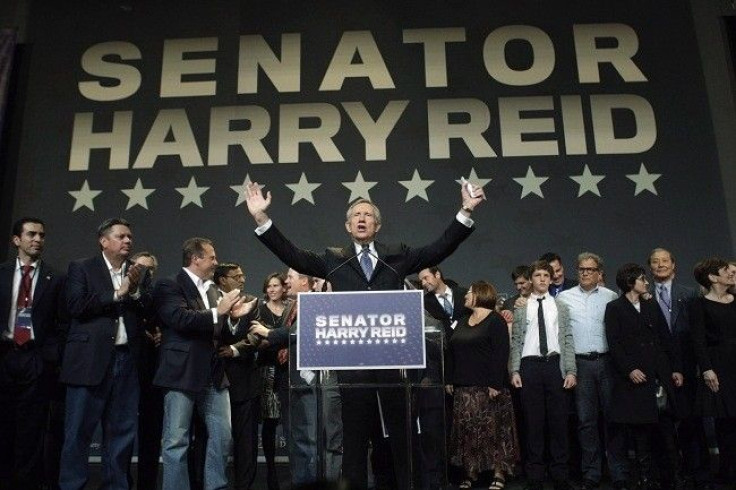2010: The Year Politics Went Mobile

Democrat, Republican, in 2010 it didn't matter -- both parties went to their mobile phones to learn about or participate in the mid-term elections.
According to Pew Internet Research, 26 percent of American adults used their cell phones to engage in politics in the past year. The party split was dead even -- 44 percent voted for a Democrat and 44 percent voted for a Republican.
More than anything else, cell phones were used by people to tell others how they voted, as that represented 14 percent of those surveyed. Twelve percent of those surveyed said they used their cell phones to keep up with news about the election. Six percent of those surveyed used their cells to let others know about conditions at local voting stations.
While many were willing to share information about texting, monitor results and tell others their political preference, fewer were willing to donate to a political cause. Only one percent of those surveyed said they used their cell phone to make a political contribution via text message.
The Pew Research found more men used cell phones compared to women; 29 percent of men and 24 percent of women. Also, unsurprisingly, the younger demographic used their cell phones for political more frequently. Thirty-nine percent of 18-29 year olds said they had used their phones for political purposes, 30 percent of 30-49 year olds, 23 percent of the baby boomers and only nine percent of the 65 and older crowd.
The split between Democrats and Repubicans was reflected when people were asked about their political leanings as well. Thirty-four percent of the respondents said they strongly agreed or agreed with the The Tea Party, while 32 percent strongly disagreed. Thirty-six percent of those surveyed identified themselves as a conservative, 32 percent as a moderate, 16 percent as a liberal and 4 percent as very liberal.
Pew Internet Research said they surveyed 2,257 adults conducted Nov. 3 through Nov. 24, 2010, immediately following the mid-term elections.
© Copyright IBTimes 2024. All rights reserved.











